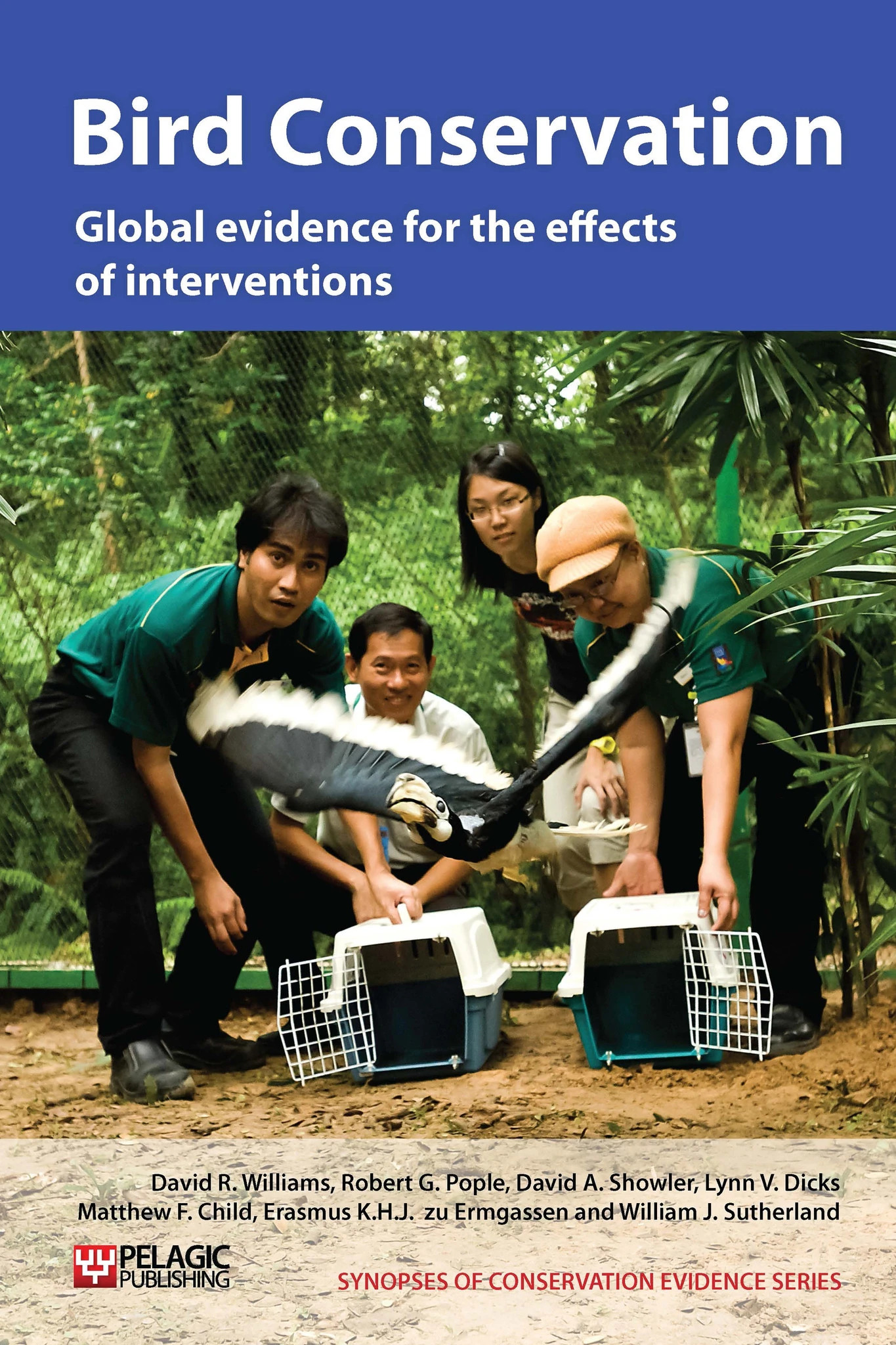Scare or otherwise deter birds from airports
-
Overall effectiveness category Likely to be beneficial
-
Number of studies: 2
View assessment score
Hide assessment score
How is the evidence assessed?
-
Effectiveness
50% -
Certainty
44% -
Harms
0%
Study locations
Supporting evidence from individual studies
A replicated study in the UK (Brough & Bridgman 1980) found that fewer birds used grass on Royal Air Force airfields when it was allowed to grow long, compared to when it was kept short. In 1967-1968, ten English airfields were included, with data from 1972-1973 available for three more airfields (including one in Scotland and one in Wales). Grass was kept 15-20 cm high in some areas whilst others were maintained at 5-10 cm. The repellent effect of long grass was almost 100% for gulls Larus spp. and golden plover Pluvialis apricaria, and very good for northern lapwing Vanellus vanellus, Eurasian oystercatcher Haematopus ostralegus and crows (rook Corvus frugilegus, carrion crow C. corone, Eurasian jackdaw C. monedula).
Study and other actions testedA replicated study in June-August 1985-6 at Kennedy International Airport, New York City, USA (Buckley & McCarthy 1994), found that fewer laughing gulls Larus atricilla were found on areas of grass allowed to grow long, than on short-cropped areas. Thirty-six plots across three experimental blocks were used, with long grass being grown to 45 cm in length and short-cropped areas kept at 5 cm.
Study and other actions tested
Where has this evidence come from?
List of journals searched by synopsis
All the journals searched for all synopses
This Action forms part of the Action Synopsis:
Bird Conservation
Bird Conservation - Published 2013
Bird Synopsis





)_2023.JPG)














